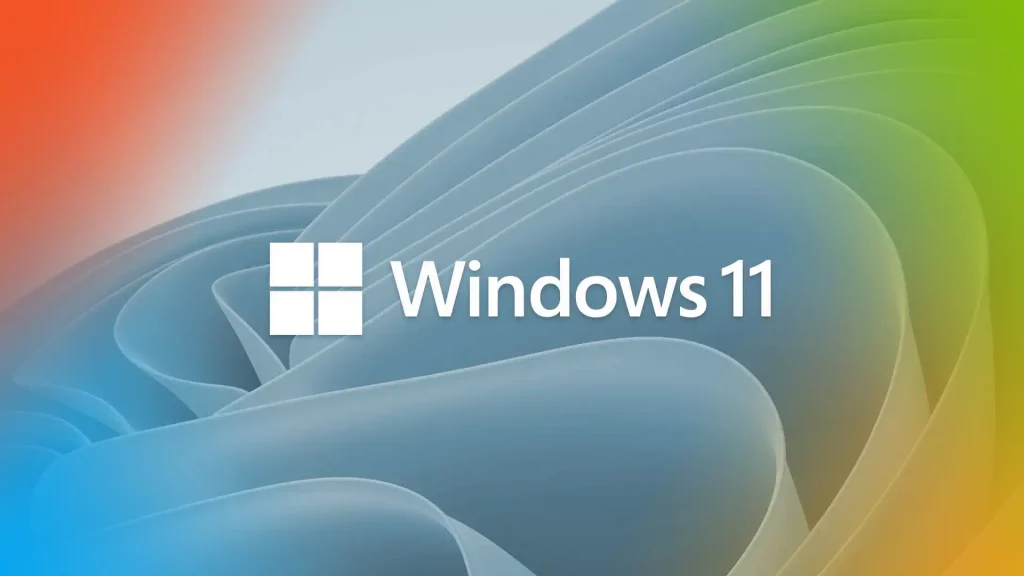Introduction to Android OS
Android OS, developed by Android Inc. and later acquired by Google in 2005, stands out as one of the most widely used operating systems in the world. Initially designed for digital cameras, the platform was repurposed for smartphones to compete with Symbian and Windows Mobile. Since its inception, Android has gone through numerous updates, each enhancing functionality, user experience, and offering new features.
Early Stages of Android: From Cupcake to Froyo
The launch of Android 1.0 in 2008 marked a modest beginning, devoid of an actual dessert-themed code name, a tradition that would start with its subsequent versions. It wasn’t until Android 1.5 Cupcake, released in April 2009, that the operating system began making significant strides. This update brought support for third-party virtual keyboards, widgets, and basic video recording options.
Later iterations like Donut (Android 1.6) and Eclair (Android 2.0-2.1) introduced features like turn-by-turn navigation, speech-to-text functionality, and universal search, marking a significant evolution in the depth of Android’s capabilities. Android 2.2 Froyo further enhanced the user experience with Wi-Fi hotspot capabilities, push notifications, and improved performance.
The Transformation Era: Gingerbread to KitKat
Android 2.3 Gingerbread, launched in December 2010, optimized the user interface for simplicity and speed, while prioritizing gaming enhancements. This version accentuated Android as a serious player in the smartphone market. However, the release of Android 4.0 Ice Cream Sandwich in October 2011 was a game-changer, unifying the smartphone and tablet operating systems with holographic design elements and a more intuitive interface.
Subsequently, Android 4.1-4.3 Jelly Bean was introduced, focusing on performance enhancements with Project Butter, aimed at making the UI smoother. It also featured Google Now as a new form of AI assistant. Android 4.4 KitKat, launched in 2013, optimized the system to run smoothly on devices with as little as 512MB of RAM, which helped Android reach more devices worldwide, particularly in developing markets.
Implementing Material Design: Lollipop and Marshmallow
The release of Android 5.0 Lollipop in 2014 introduced Material Design, a completely overhauled aesthetic that governed everything from notifications to animations, establishing a consistent, intuitive design language. Performance improvements included ART (Android Runtime) replacing Dalvik to improve application performance and responsiveness. Android 6.0 Marshmallow further refined the OS with a focus on improving user experience through features like Google Now on Tap, Doze mode for battery efficiency, and granular app permissions.
Recent Advances: Nougat, Oreo, and Pie
Continuing the trend, Android 7.0 Nougat brought split-screen functionality, direct replies in notifications, and improvements to Doze functionality introduced in Marshmallow. Android 8.0 Oreo, released in 2017, focused on increasing the speed and efficiency of the system with Project Treble, which sought to modularize the architecture, thus simplifying the update process for manufacturers.
Android 9.0 Pie, which emerged in 2018, introduced Adaptive Battery and Brightness, learning user preferences over time to conserve battery life and improve visibility based on ambient conditions. It also made strides towards digital well-being, integrating tools to help users manage screen time more effectively.
The Latest Innovations: Android 10 and Beyond
With Android 10, released in 2019, Google eliminated dessert names officially, indicating a new direction for naming conventions. Key features included a system-wide dark mode, enhanced privacy and security settings, and further advancements in AI to predict user actions. Android 11 followed, focusing on improving communications, adding a conversation notifications section, built-in screen recording, and more comprehensive control over privacy settings.
As Android continues to evolve, Android 12 introduces Material You, which offers a more personalized interface experience and even greater control over design aesthetic, with color palettes adapting to wallpaper choices.
Conclusion
From a simple OS for digital cameras to a powerhouse for the majority of the world’s smartphones, Android’s continual refinement and feature-rich upgrades reflect its leading role in the tech industry. Each version has sought not only to introduce new capabilities but also to improve the overall user experience, proving Google’s commitment to innovation and user-centered design. As we look towards future updates, the potential for growth remains boundless, promising even more sophisticated, user-friendly, and secure iterations of the Android operating system.







